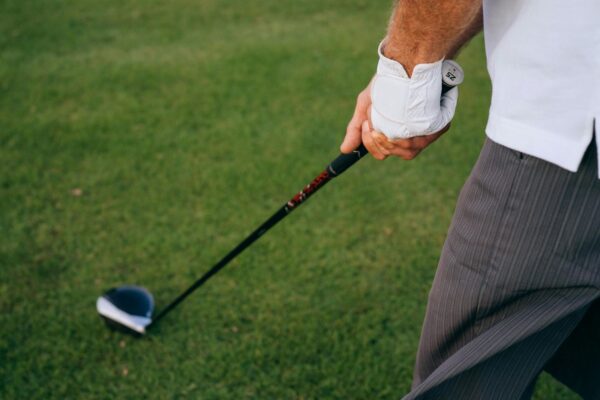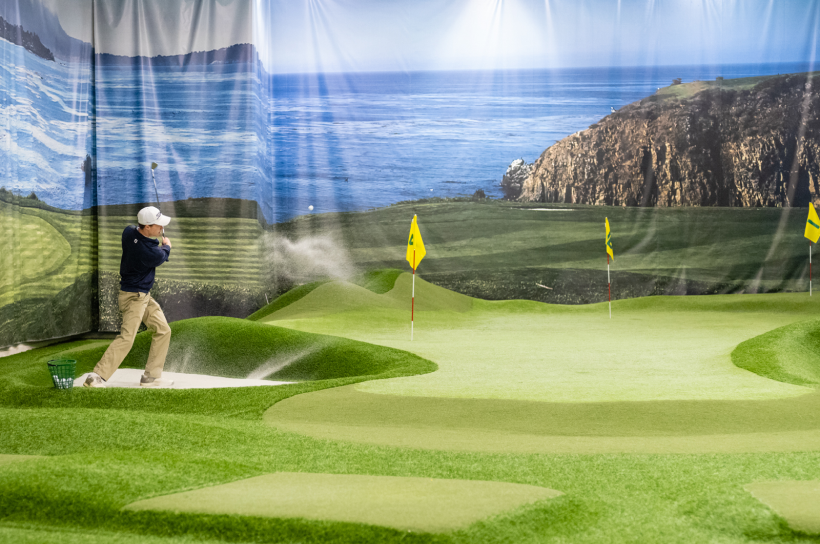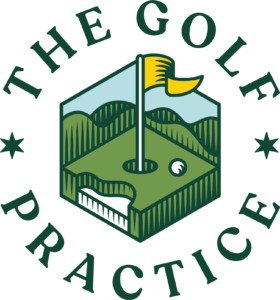Understanding the Basics of Club Regripping

Golf grips are your only connection to the club, making them one of the most critical components of your equipment. Over time, grips lose their tackiness, become slippery, and can significantly impact your performance on the course. Understanding when and why to regrip golf clubs is essential for maintaining consistent play and protecting your investment in quality equipment.
Most golfers don’t realize how much worn grips affect their game until they experience the difference that fresh grips can make. A deteriorated grip forces you to hold the club tighter, leading to tension in your hands and arms that can throw off your entire swing mechanics.
How Often Should You Regrip Golf Clubs?
The general rule of thumb for club regripping frequency depends on several factors, but most golf professionals recommend regripping every 12-18 months for regular players. However, this timeline can vary significantly based on your playing habits and environmental conditions.
For golfers who play multiple times per week, regripping may be necessary every 8-12 months. Weekend warriors who play once or twice per week typically fall into the standard 12-18 month range. Occasional players who only hit the course a few times per year might extend this to 2-3 years, though grips can still deteriorate from age and environmental factors even without heavy use.
The key is monitoring the condition of your grips rather than strictly following a calendar schedule. Climate plays a significant role, as humid conditions and frequent exposure to sunlight can accelerate grip deterioration.
Signs Your Golf Clubs Need New Grips
Recognizing when your grips need replacement is crucial for maintaining optimal performance. Several clear indicators signal it’s time for club regripping.
Physical indicators include:
- Smooth, shiny surfaces where the texture has worn away
- Visible cracks or tears in the grip material
- Hard, brittle feeling when you squeeze the grip
- Slippery feeling even when your hands are dry
- Fading or significant discoloration
Performance indicators include:
- Increased grip pressure needed to control the club
- Club twisting in your hands during the swing
- Inconsistent ball striking patterns
- Feeling like you need to “choke down” on clubs for better control
- General discomfort or fatigue in your hands and forearms
Don’t wait until grips become completely unusable. Proactive regripping helps maintain consistency in your game and prevents the development of bad habits caused by compensating for poor grips.
Factors That Affect Grip Lifespan
Several environmental and usage factors influence how quickly your grips deteriorate. Understanding these can help you better predict when club regripping will be necessary.
Usage factors:
- Frequency of play and practice sessions
- Grip pressure during swings
- Hand size and grip size compatibility
- Use of gloves versus bare hands
- Cleaning habits and grip maintenance
Environmental factors:
- Climate and humidity levels
- Sun exposure and UV damage
- Temperature fluctuations
- Storage conditions between rounds
- Exposure to chemicals or cleaning products
Players in humid climates like the Chicagoland area often need more frequent regripping due to moisture exposure and temperature variations throughout the year.
Professional Club Regripping vs DIY
While some golfers attempt to regrip their own clubs, professional club regripping ensures proper installation and optimal performance. Professional services have the specialized tools, experience, and knowledge to select the right grip size and type for your hands and playing style.
Professional regripping typically includes removing old grips cleanly, preparing the shaft properly, and installing new grips with the correct alignment and tension. This process requires specific solvents, tapes, and techniques that most amateur golfers don’t have access to or experience with.
The investment in professional installation pays dividends in grip longevity and performance. Improperly installed grips can slip, twist, or wear prematurely, leading to more frequent replacements and potential damage to your clubs.
Types of Golf Grips and Their Durability
Different grip materials and designs offer varying levels of durability and performance characteristics. Understanding these options helps you make informed decisions during club regripping.
Rubber grips are the most common choice, offering good durability and feel at an affordable price point. They typically last 12-18 months with regular use and provide consistent performance across various weather conditions.
Corded grips incorporate fabric strands for enhanced traction, especially in wet conditions. These grips often last longer than standard rubber but can be rougher on the hands. Synthetic and hybrid materials offer premium feel and extended durability but come at a higher cost.
Multi-compound grips combine different materials in strategic areas to optimize both comfort and performance. While more expensive initially, they often provide better longevity and consistent feel throughout their lifespan.
Club Regripping Highland Park and Club Regripping Lisle Options
For golfers in the Chicagoland area, The Golf Practice offers professional club regripping Highland Park and club regripping Lisle services at both of our indoor training facilities. Our experienced technicians understand the specific needs of local golfers and can recommend the best grip options for your game and local playing conditions.
Whether you’re dealing with the humidity of summer rounds or the varying temperatures throughout the year, our team can help you select grips that will perform consistently and last longer in your specific environment. We stock a wide variety of grip options to suit different hand sizes, playing styles, and budget requirements.
Maintaining Your Golf Grips for Longevity
Proper grip maintenance can significantly extend the time between regripping sessions. Simple care practices help preserve grip texture, tackiness, and overall performance.
Clean your grips regularly with warm, soapy water and a soft brush. Avoid harsh chemicals or abrasive materials that can damage the grip surface. After cleaning, dry grips thoroughly before storing your clubs.
Store clubs in a cool, dry environment away from direct sunlight when possible. Extreme temperature fluctuations and UV exposure accelerate grip deterioration. Consider using grip covers during transport to protect against unnecessary wear.
During play, wipe grips clean between shots when possible, especially in dusty or sandy conditions. This prevents buildup of debris that can wear down the grip texture over time.





